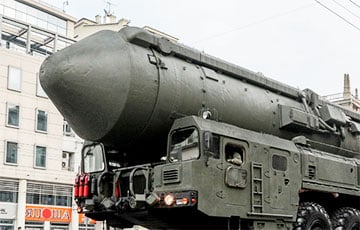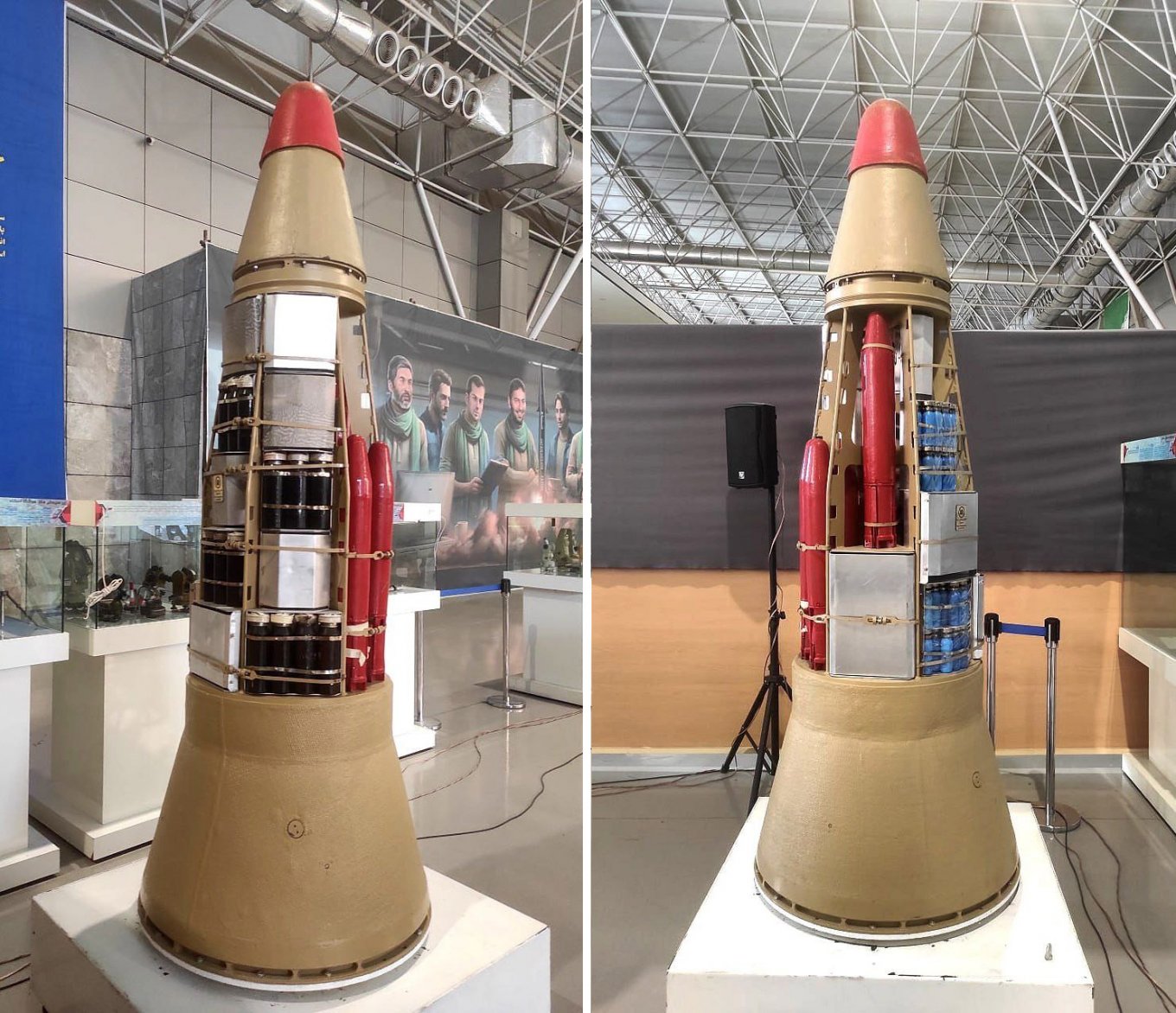Iran Is Testing Its Own Minimalist Nutter
- 21.06.2025, 9:35
- 8,668

What is known about the ballistic missile that hit Israel.
On June 19, Iran fired a new medium-range ballistic missile at Israel for the first time. It is very similar to Russia's Oreshnik missile, although it is less powerful and based on simpler technology.
This was reported by Defence Exspress.
In a morning strike on June 19, Iran used a new type of medium-range missile. They feature an unusual warhead - instead of a monoblock, it contains about 20 sub-munitions.
The missile hit the city of Azor near Tel Aviv, marking the first time Iran has used this type of weapon.
הבוקר חוווינו פגיעה של טיל בעל יכולת פיזור של חימושים קטנים המתפזרים בשטח רחב יחסית.
יתכן שחלק מהחימושים ייישארו על הקרקע ולא יתפוצצו.
לא נוגעים בנפלים או בחפץ חשוד, מיד מתקשרים 100. pic.twitter.com/5zzBW72Oww
- פיקוד העורף (@PikudHaoref1) June 19, 2025
A new type is a new threat to civilians
According to the Israeli army command, each of the sub-munitions contains an estimated 2.5 kilograms of explosives. Opening of the warhead occurs at an altitude of about 7 km, after which the projectiles are dispersed in a radius of up to 8 km.
The type of this missile has not yet been determined, but among the possible options are called Khorramshahr-4 (Kheibar).
Israel called the new warhead cluster. However, given its design, the comparison with a separate warhead, which is used in ballistic missiles to make it more difficult to intercept and strike multiple targets simultaneously, is more appropriate.
Analogue to Russia's Oreshnik, but at the minimum

The Russian medium-range Oreshnik missile, as well as intercontinental missiles with the MIRV (Multiple Independently Targetable Reentry Vehicle) work in a similar fashion.
The Iranian missile, however, probably uses the simpler MRV system - block dispersion without individual guidance.
Technical Comparison with US and Soviet ICBMs
The MRV system was first used on the US Polaris A-3 in 1964. The USSR responded with the silo-mounted R-36P (1970) and submarine-mounted R-27U (1974), each carrying three nuclear warheads.
But unlike these designs, the Iranian missile disperses submunitions at a much lower altitude of only 7-8 kilometers.
A new challenge for Israel's missile defense system
To effectively neutralize the threat, it must be shot down before the warheads separate - at long range, using Arrow-3 or THAAD systems. If detonated over a city, the submunitions would still fall within the agglomeration.
That leaves the Iron Dome system as the only hope for closer-range interdiction. But a large number of sub-bomblets could overwhelm it. This is likely what happened in the June 19 strike, because Israeli air defenses do not guarantee protection against large-scale attacks, even despite the IDF's active strikes against Iranian launchers and factories.











